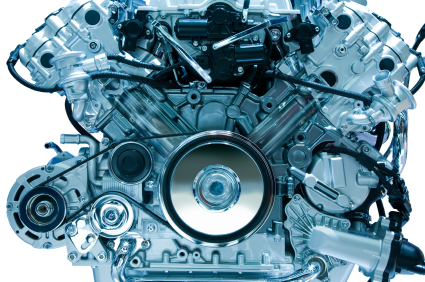PVD coatings for the automotive industry – motorsport leads the way
In recent years the importance of fuel economy has become ever more important. Consequently the focus on weight reduction and energy loss due to friction by the major automotive companies has increased. These factors are two of the most important problems in motorsport and it should be noted that sports such as Formula 1, where unit cost is less important than performance improvement, were the first to look at PVD [relevant-to-adsense type=”start”]thin film coatings[relevant-to-adsense type=”stop”] as a solution.
PVD coatings for the automotive industry – Reduce valve train friction
The majority of the authors consider that in an internal combustion engine there are three major sources of friction losses: piston liner assembly, valve train system and engine bearings. From all of them the valve train system is the second important friction source in the engine. The valve-train in an engine is responsible for approximately 10% of the engine’s frictional losses at high engine speeds but is far more significant at low engine speeds.
Many components of valve trains are now PVD coated with low friction coatings to reduce energy losses. The low friction coating offers a much lower friction coefficient than the uncoated oil lubricated part and higher wear resistance.
Wear protection of light alloy automotive components using low friction coatings
Traditionally automotive components have been made of carbon steel or cast iron. However to reduce weight these traditional materials are being substituted for lighter alloy materials, typically aluminium, titanium and magnesium alloys. For instance a few years ago Toyota built a two stroke five valve supercharged 804cc engine that weighed only 85 kgs ( 188 lbs). The engine block material was aluminium alloy and other components such as rocker arms were constructed from titanium. The weight saving increased the engine speed by 20%.
However the problem with these metal alloys is that although they are tough materials their tribological performance is poor and they tend to stick to the countersurface causing excessive plastic deformation, abrasive and adhesive wear (galling) and consequently high friction.
Excessive galling will eventually cause sliding components such as valve stems or connecting rods to seize. To solve this problem light alloy parts are coated with a low friction coating that protects the surface from wear and reduces the friction, lowering energy losses and improving efficiency. These new low friction coatings offer exceptional tribological properties in applications such as these in comparison to ceramic coatings such as CrN.

